
Kouign amann. Pronounced “queen ahmahn”, also known as “delicious”. Layers of yeasted dough, butter, and sugar, baked until puffed, holey, and caramelized, like an amazing caramel croissant/danish hybrid. It’s been on my “to make” list for a few years, and the Daring Kitchen challenge this month finally gave me a reason to try it.

From Brittany in France, kouign amann literally means butter cake in Breton and is traditionally made with the region’s famed salted butter. I used “fancy” cultured butter instead (it was on sale and cheaper than regular butter) and a pinch of salt, and believe me, no one was complaining.

The construction of kouign amann dough is no different than croissant dough, except you sprinkle in some sugar into the last two turns of the dough. The sugar makes the dough rather more challenging to handle, because being hygroscopic, it attracts moisture and therefore makes things sticky. The sugar also tends to tear the dough a bit, so rolling it out that final time is a messy job – but totally worth the effort. The sticky dough transforms into gloriously caramelized layers, syrupy in the middle and crunch around the edges. In Brittany they are served with a glass of apple cider, but they go just as well with a cup of coffee and a weekend morning.

Kouign Amann
Adapted from Rose Levy Berenbaun via Leite’s Culinaria and The Kitchn. Makes 12 pastries.
In the bowl of an electric mixer, whisk together:
390 g bread flour
2 tsp instant yeast
1 3/4 tsp fine sea salt
Pour in:
327 g water, cool room temperature
28 g cooled melted butter
Mix with a wooden spoon until you get a shaggy dough.

With the dough hook, knead the dough on low speed for about 4 minutes, until smooth and silky. The dough should clean the bottom and sides of the bowl.
Shape the dough into a ball and put back in the mixer bowl. Cover with plastic wrap and let it rise at room temperature for 1 hour.

When the dough has risen, prepare the roll-in butter. Place a block of 227 g cold salted cutter or cultured butter between 2 sheets of parchment paper, then bash it with a rolling pin. This will mechanically soften the butter without melting it. Once it is flat and about 1/2 a inch thick, trim it into a 5″ square, piling the trimmings into the middle of the butter square. Fold then parchment paper around the butter to create a tight, neat package, then again bash it with a rolling pin to flatten. The folded parchment paper will help keep it in a 5″ square.

Check the consistency of the dough and the consistency of the butter – you want them to be similar, so you can either chill or leave at room temperature one or the other to achieve this.
Turn the dough out onto a lightly floured surface and press it into an 8″ square. Place the butter square diagonally in the center, so the points of the butter square face the straight sides of the dough square. Fold the dough to encase the butter and pinch the seams together to seal well.

Seam-side up, roll the dough to a 7″ x 13″ rectangle. Keep the surface lightly floured, and roll the dough from the middle to each end with even pressure to keep the butter evenly distributed between the layers of dough.
Fold the bottom up and top down in thirds, like a letter. This is turn #1.

Orient the dough so that the one of the short, open edges is facing you, then repeat the rolling and folding for turn #2. Place the folded dough on a plate, cover loosely with plastic wrap, and chill for about 1 hour. If your kitchen is very warm, you may need to refrigerate between each turn rather than after the second.
Measure out 250 g granulated sugar (I used raw cane sugar because it is delicious) and set aside about 1/4 cup of it. Clean off your work surface. For turn #3, sprinkle about 1/4 of the larger amount of sugar on your work surface. Set the dough on top, short edge facing you, and sprinkle with another 1/4 of the sugar. Roll out into a 7″ x 13″ rectangle, pressing as much of the sugar into the dough as possible and scooping up any that falls off. Fold in thirds (turn #3). Again, sprinkle another 1/4 of the sugar under the dough and the remaining 1/4 on top, and again, roll out and fold (turn #4). Place on the plate, cover with plastic, and chill for an hour.

While the dough chills, rub the insides of a 12-cup muffin tin with butter.
Sprinkle your work surface with half of the reserved sugar and roll out the dough into a 12″ x 16″ rectangle. This will be messy, as the dough will be sticky and the butter may start coming through the top layer of dough, but persevere.
Trim off the edges to expose the butter layers and sprinkle with the last of the sugar. Cut into 12 equal squares and fold the points of each square into the middle to create a clover-leaf pattern.

Tuck each one into the muffin tin, cover lightly with plastic wrap, and let rise at room temperature until puffy, about 1 hour.

Preheat the oven to 400˚F (375˚F convection). Place the muffin tin on a baking sheet to catch any overflows of butter, and bake the pastries for about 12 minutes, then rotate the pan and bake for another 8-15 minutes, until deeply caramelized. The internal temperature of the pastries should be 215˚F.
Allow to cook in the pans for a few minutes, then use a butter knife to loosen the pastries from the muffin tin and place on a rack to cool. Don’t allow them too sit too long in the muffin tin or they will be impossible to remove.

Serve warm or at room temperature. Store at room temperature in an airtight container for up to 2 days – you can crisp them up in a 350˚F oven for a few minutes if desired.


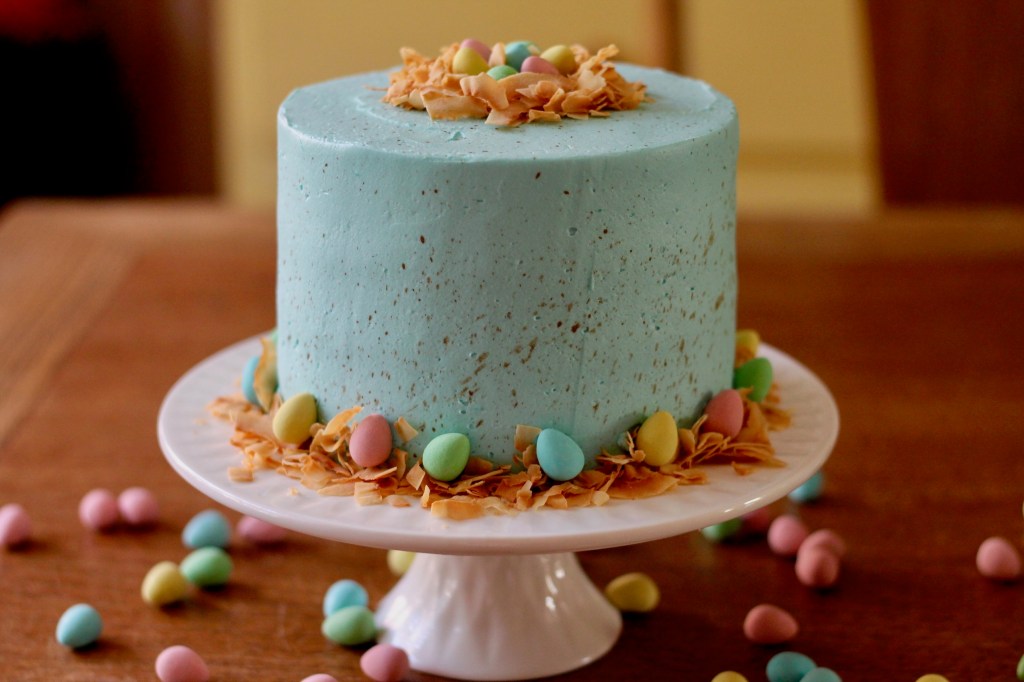
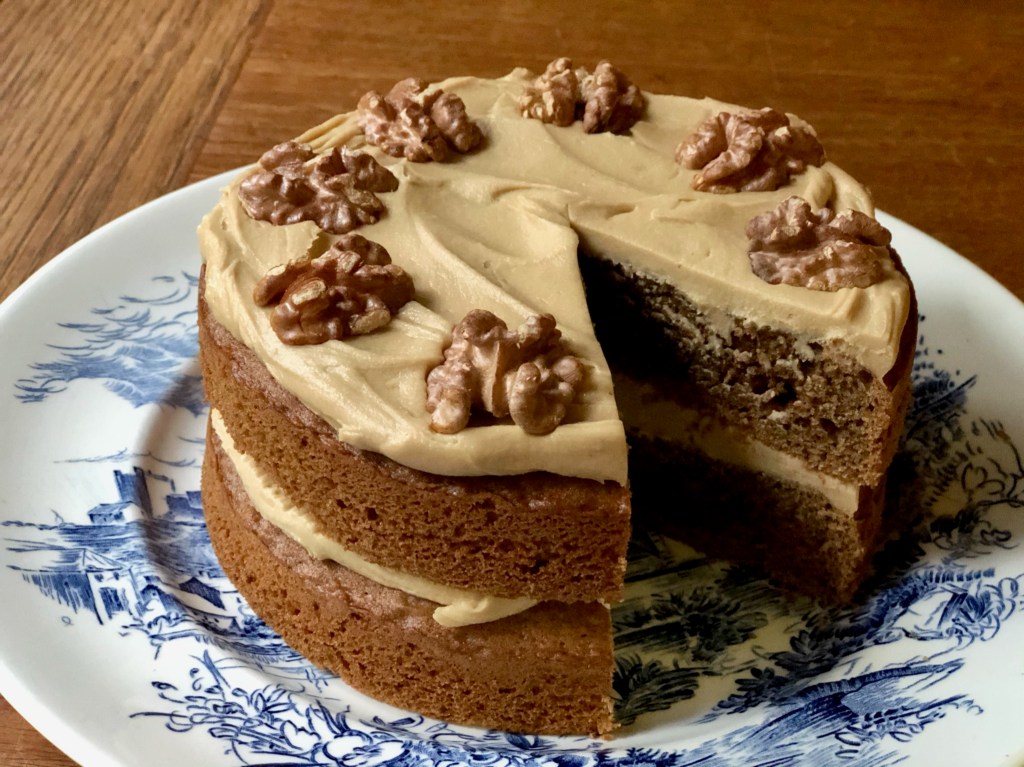
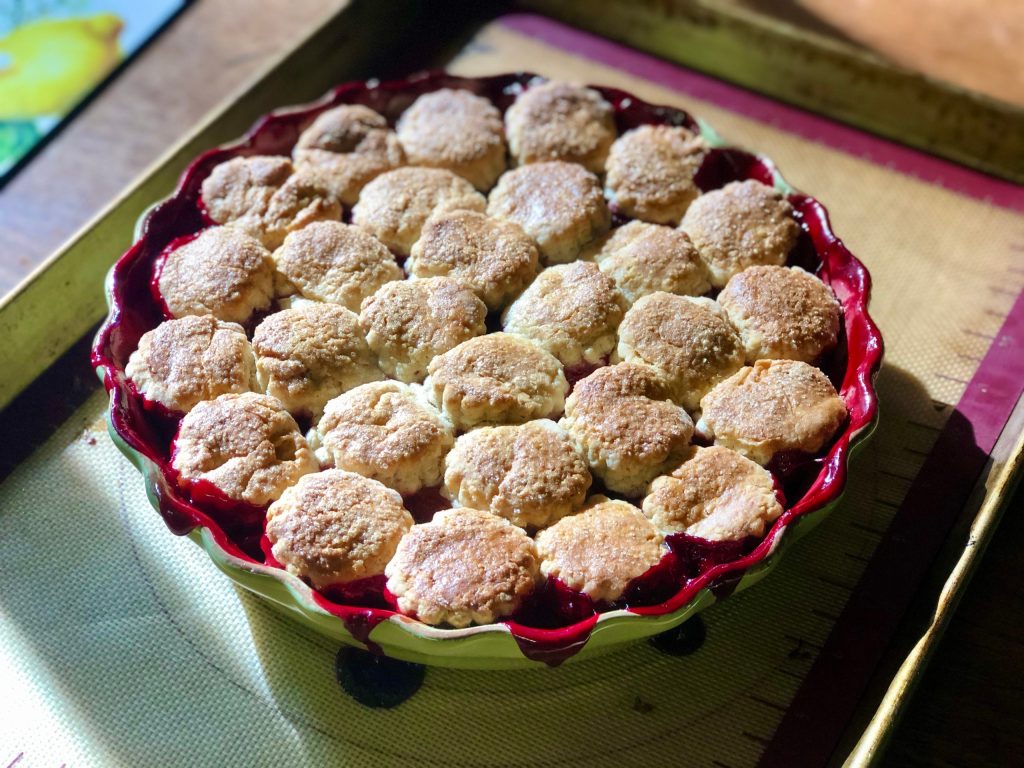
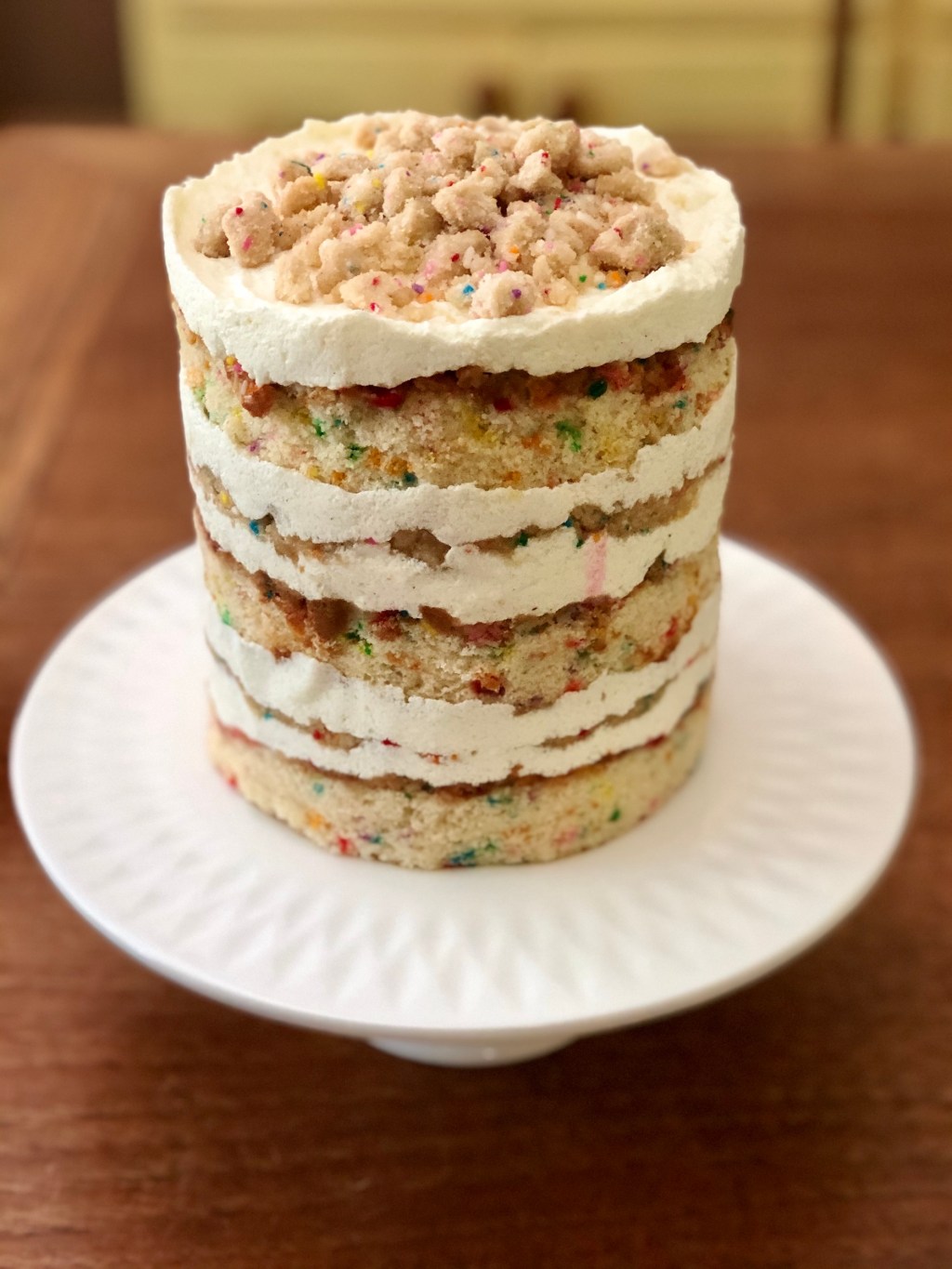
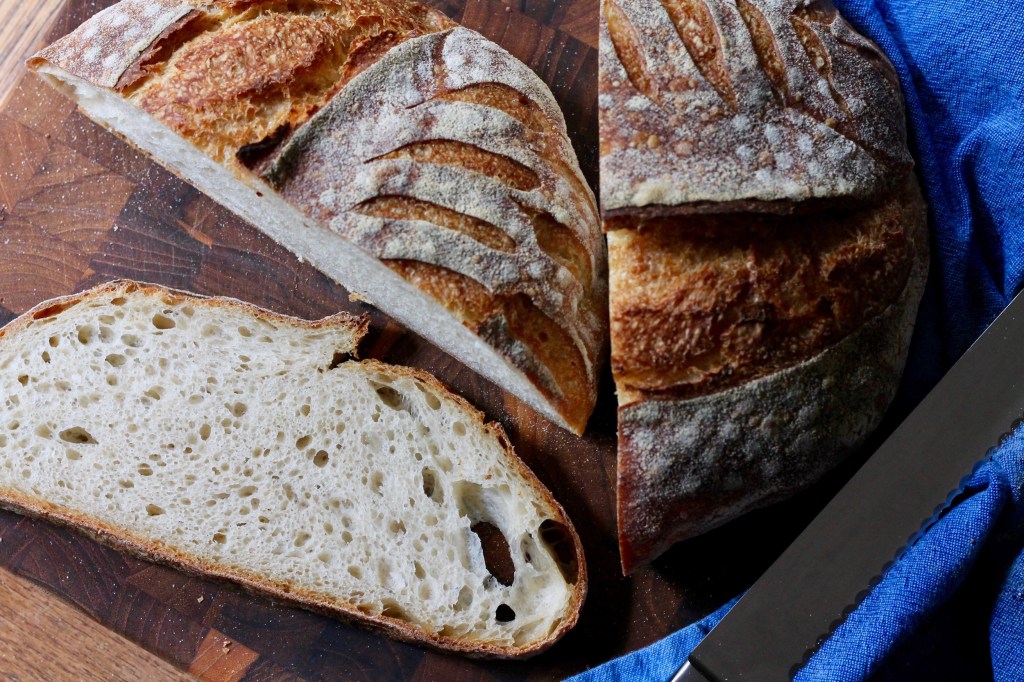
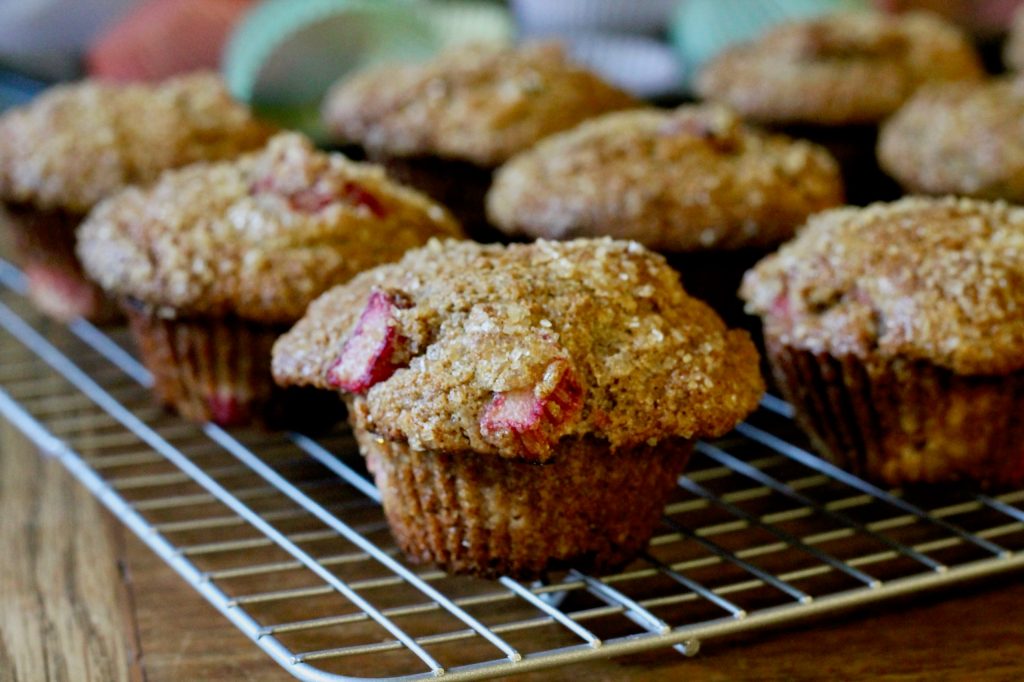
Leave a comment